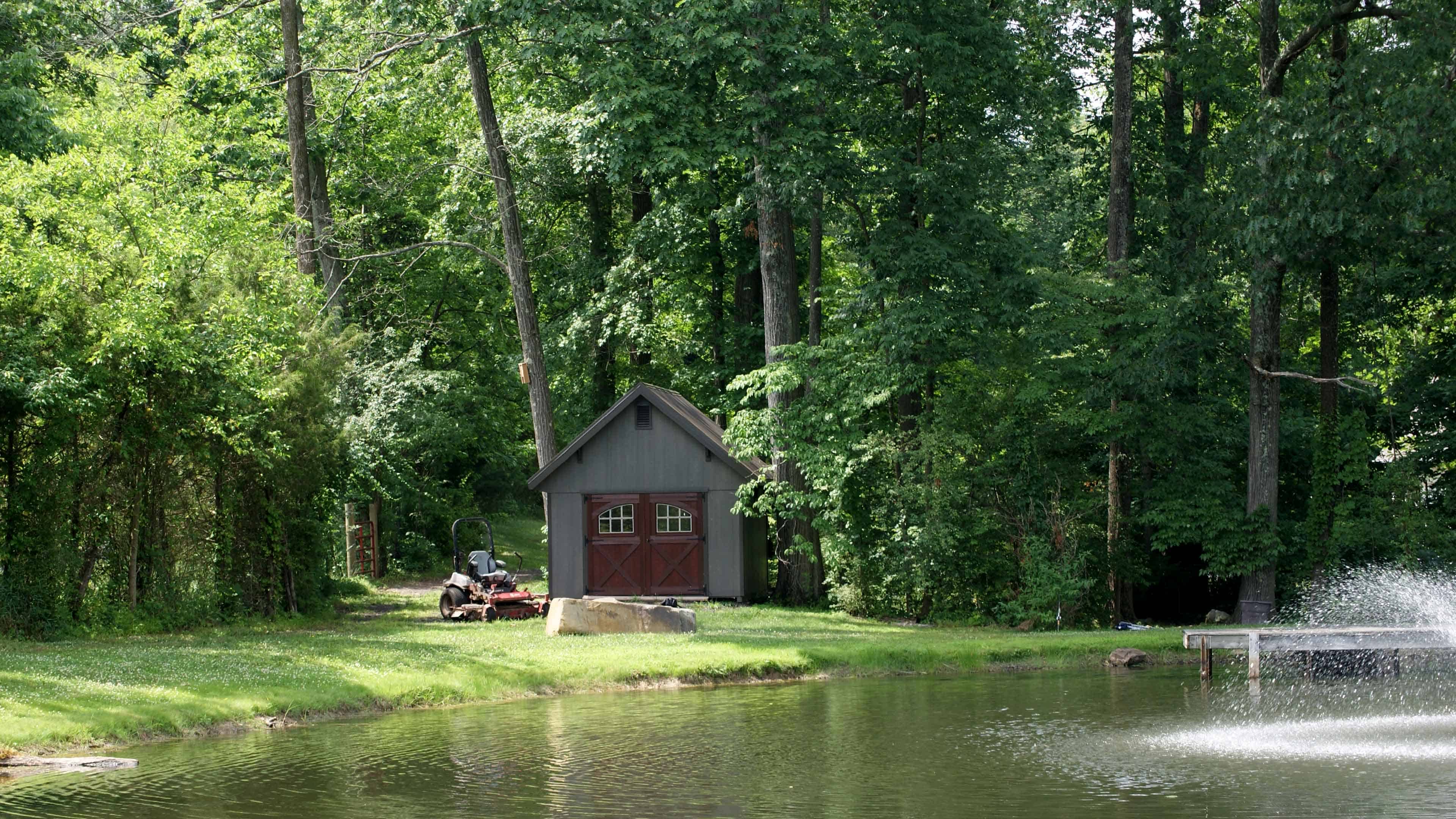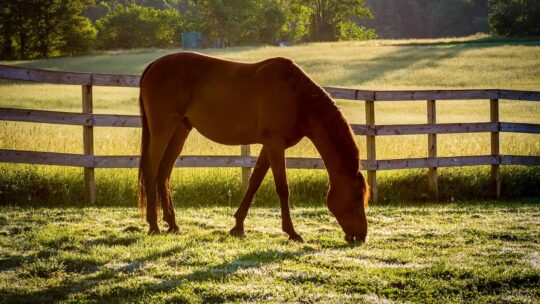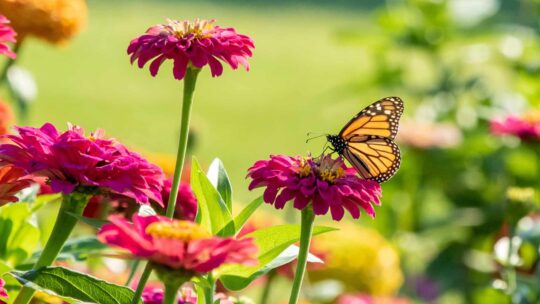
Despite their bad rap, the benefits of bats in your backyard are numerous. In fact, these fuzzy, nocturnal mammals are an extraordinary species to support! Here, pro fisherman Grae Buck shares the benefits of bats and the numerous benefits they can provide your backyard. Buck also outlines how to support their existence on your property.
1. Insect Patrol
Did you know that a bat can eat up to half their body weight in insects per night? (That’s up to 600 insects per hour!) This often-misunderstood, insect-devouring mammal provides fantastic pest control. There’s nothing more irritating then being preyed upon by mosquitos while trying to enjoy your backyard in the summertime. That’s why bats provide the perfect opportunity to combat a native species and provide natural pest control!
2. Pollinators and Fertilizers
Bats are also excellent pollinators, which is helpful to any backyard vegetable or flower garden, as well as to native flowering trees. As a nighttime pollinator, bats provide an important niche in the ecosystem. As homeowners, we can support and encourage them in our yards, to enhance our flowering landscapes.
3. Bats are Excellent Fertilizers
Bat excrement—called guano—is a great natural plant fertilizer. It’s high in nitrogen, phosphorus and potassium—a valuable resource for your lawn, gardens and ornamental plants. Think of these critters as free nighttime gardeners! They won’t charge you a dime, and will provide numerous property benefits!

How to Attract Bats to Your Backyard
Unfortunately, bat populations are suffering due to both natural and human-induced factors. In particular, a naturally occurring fungus has decimated bat populations in recent years. So, how can you help bat populations? Below are a few tips to create an inviting habitat that benefits them—and, ultimately, your backyard, too!
- Shelter. Bats nest and roost in cavities of dead trees, rock caves and crevices, or man-made shelters. Bat houses can be easily built or purchased, and installed in your yard, at least 12’ high on a tree, pole or the side of a building. Temperature is an important factor to the success of your bat house, as bats like their roosting and nesting sites between 90–100 degrees. That’s why it’s recommended to mount your house south-facing, to receive the most sunlight hours. Bats will utilize the box from springtime until fall (their primary roosting and nesting season).
- Night-blooming flowers. Planting late-day/night-blooming flowers, or night-scented flowers, will attract insects. This, in turn, will provide a food source for these wonderful nocturnal pollinators. Sweet nectar flowering plants will attract both insects and bats during their peak feeding hours. A few examples of natives include Evening Primrose, Phlox, Fleabane and Goldenrod.
- Water source. Bats typically live within a quarter mile of a water source. If your property isn’t in close proximity to water, consider adding a water source such as a pond, birdbath or fountain to your yard. Doing so will attract insects and provide a hydration source for the bats.
Once you’ve created the optimal bat environment, you can just sit back and enjoy these amazing critters’ nighttime feeding frenzies!



